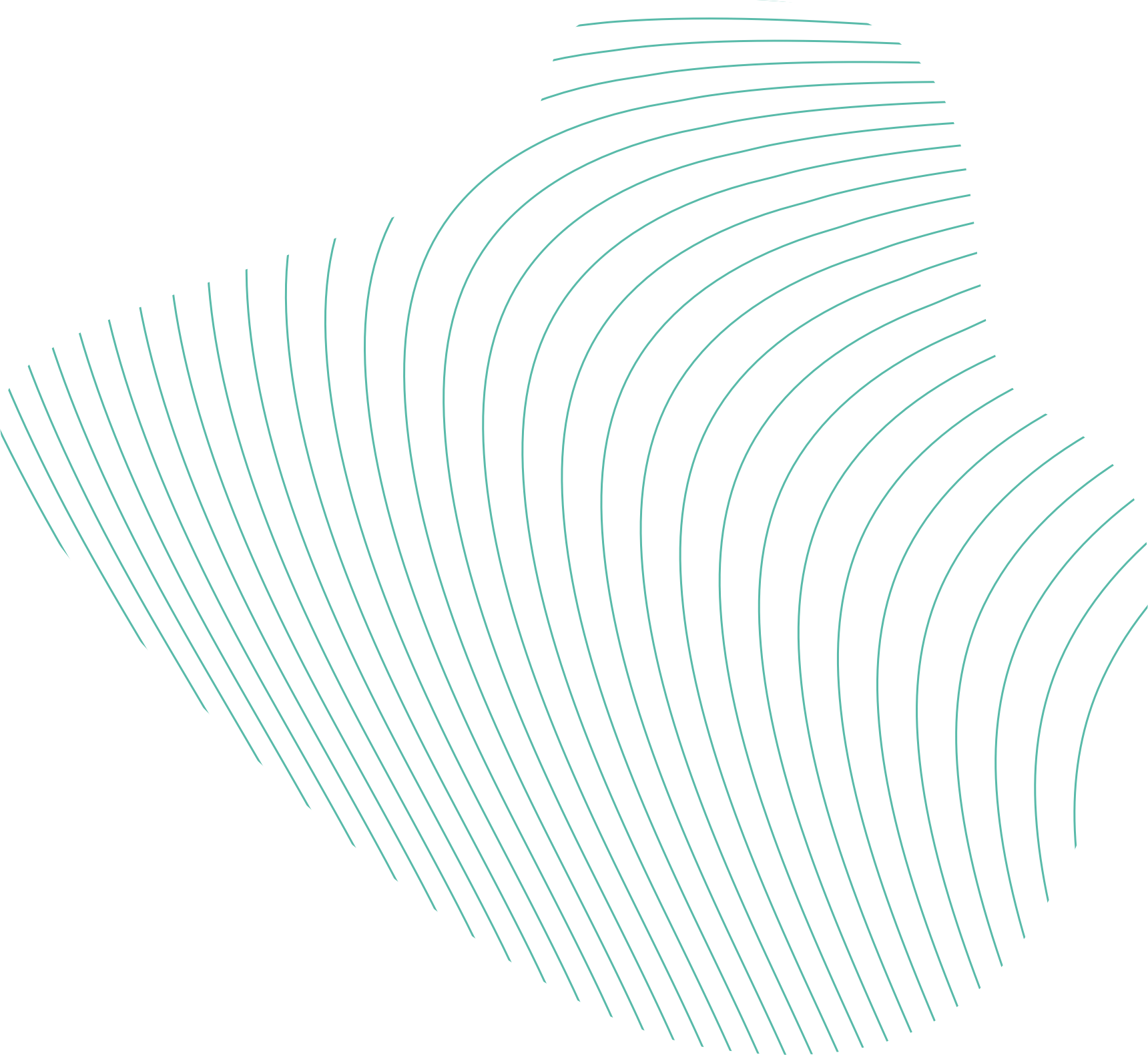


| Power plant location | Werne-Stockum, Unna district |
| Power plant type | Combined units / combined-cycle gas and steam turbine power plant |
| Commissioning | 1984 (unit K) 1972/1973 (unit F-I) |
| Capacity (gross) | 112 MW (topping gas turbine unit K1) 48 MW (topping gas turbine unit H1) 55 MW (topping gas turbine unit I1) 2x 427 MW (units F and G) |
| Capacity (net) | 112 MW (topping gas turbine unit K1) 48 MW (topping gas turbine unit H1) 55 MW (topping gas turbine unit I1) 2x 410 MW (units F and G) |
| Fuel | Natural gas |
A site steeped in tradition
Electricity has been generated at the Gersteinwerk power plant since 1917. In the early years, coal from the nearby collieries was used to produce electricity. In the 1970s, the natural-gas-fired units were installed at the site. The generators feed the electricity into the high and ultra-high voltage grids.
Unit K – nothing but topping gas turbine since March 2019
After 34 years in operation, the coal-fired part of unit K was decommissioned at the end of March 2019 – the last coal unit at the Gersteinwerk in Werne. The 112 MW topping gas turbine K1 of unit K will continue to operate. The gas turbines can generate electricity in solo operation for a short time as required. As of October 2024 the topping gas turbine K1 is part of the capacity reserve according to EnWG.
Units F and G – equipped with efficiency-enhancing combined-cycle technology
The four natural gas units at the Gersteinwerk site were put into operation in 1972 and 1973. The units are equipped with efficiency-enhancing combination technology and are thus precursors to modern combined-cycle gas turbine power plants. Each unit can feed 410 MW into the public electricity grid; gas turbines account for 55 MW and the steam turbine process for 355 MW. As of October 2020 the remaining natural gas combined-cycle units F and G are operated according to capacity reserve mechanism and are therefore no longer available to the market.
Units H and I – peaking gas turbines allow for high flexibility
The water-steam-cycle of unit H with 355 MW was decommissioned in 2018. In 2022 the old topping gas turbine H1 was replaced by a new, highly-flexible turbine with 48 MW. The topping gas turbine I1 with a capacity of 55 MW is still available to the market in a single cycle process whereas the steam turbine process is not anymore available since it is in long-term conservation. Both gas turbines are in use for peaking operation and can compensate short-term fluctuations in the grid.
Gersteinwerk therefore has a total generation capacity of more than 1,000 megawatts.
Optimisation pipeline
Gersteinwerk is supplied via its own high-pressure gas pipeline that runs from the central distribution station in Werne to the power plant. This supply pipeline flows into a so-called optimisation pipeline in close proximity of the power plant. This underground line, around nine kilometres in length with a diameter of approximately 1.40 metres, can accommodate around 1 million cubic metres of natural gas. This is equivalent to the quantity a natural gas unit requires for ten hours of full-load operation. This gas supply makes the fuel procurement on the international gas market more flexible as the price fluctuations cannot go unchecked. The optimisation pipeline acts as a buffer in both logistic and financial terms.

